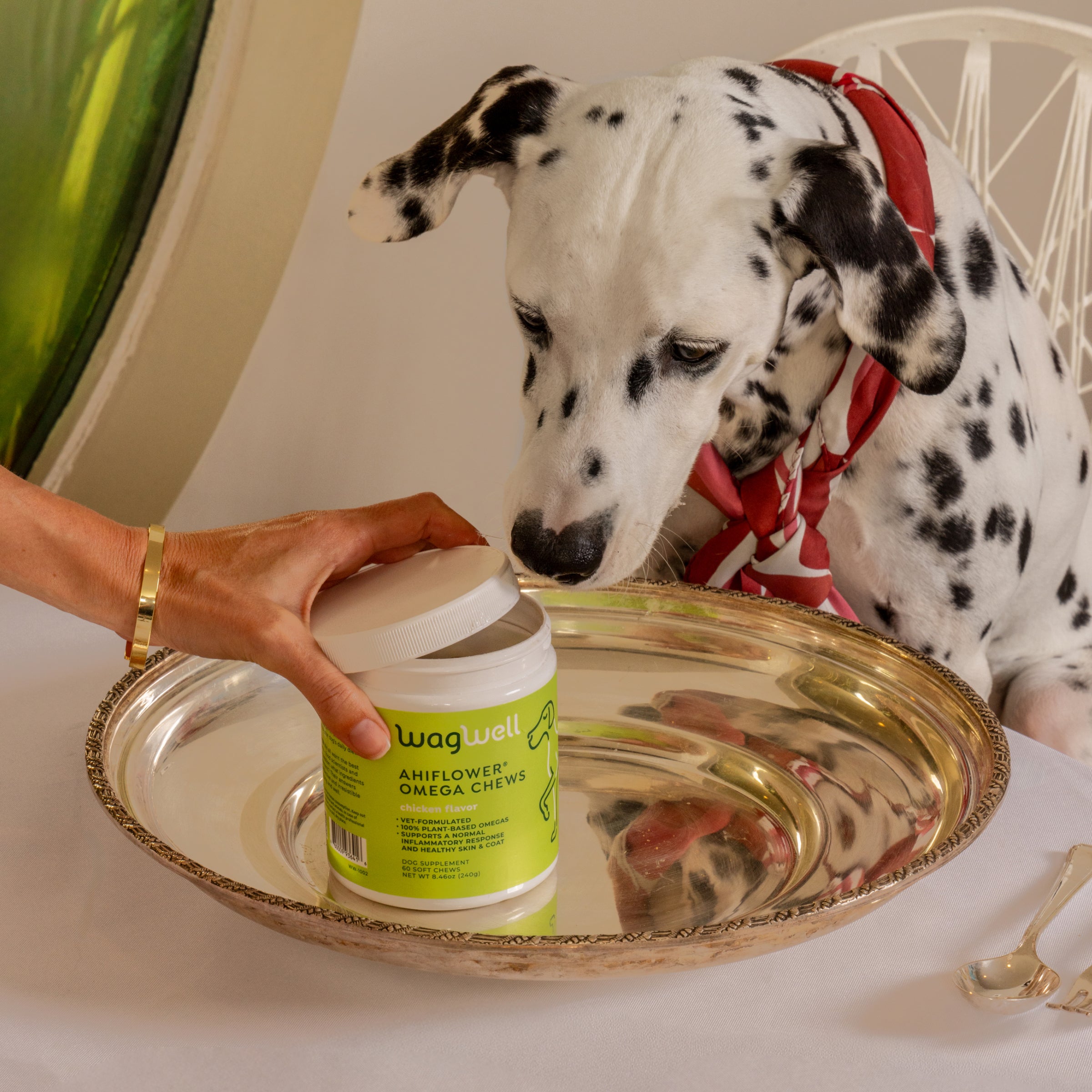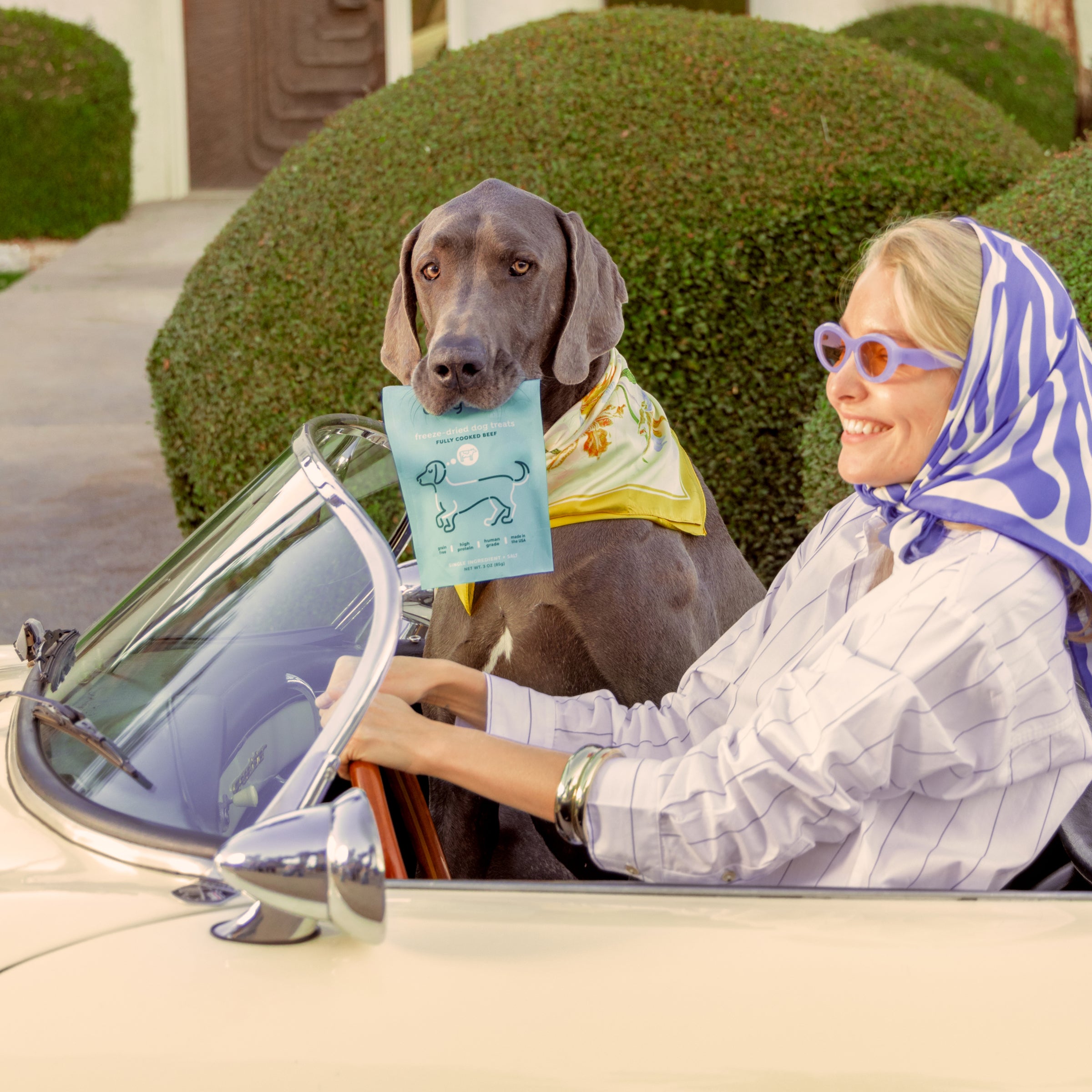We all have a certain item that can motivate us to do anything. It could be anything for humans, but dogs typically fall into one of three categories: food, attention, or toys. You’ll commonly hear that a dog is food-motivated and will do anything for a treat; other dogs will do anything for a ball or their favorite toy. These are valuable items to each dog.
But it can go bad; a dog’s motivator can be easily converted into a resource they guard and covet. Resource guarding is when a dog protects something they deem as valuable. They will display numerous body language signs to show they’re not a fan of someone attempting to approach and take the item. If the problem is left untreated long enough, they could become aggressive if they feel their warnings aren’t being understood.
Let’s not get it twisted–a dog’s instinct will be to protect their belongings. This is a good habit in their natural environment when resources might be scarce, but as man’s best friend, it’s disruptive and potentially dangerous. Their initial protection might seem like aggression, but in reality, it is a threat display. Be careful pushing their boundaries because it could very quickly take a turn for the worse.
What Causes Resource Guarding?
You will typically see resource guarding over the following triggers:
- Food or treats
- Food bowl (empty or full)
- Bones or edible chews
- Toys
- Stolen, forbidden items such as shoes, laundry, or toilet paper.
- Personal spaces such as their crate or bed.
- YOU!
There are a few reasons your dog might develop resource guarding. It is important to understand why your dog is displaying these behaviors and where they stem from in order to correct them. Dogs might act protective over their resources if they are understimulated and therefore frustrated with their environment; attempting to assert themselves over others; or are anxious or fearful and want to exert control over their environment.
The original causes of these behaviors and desires can stem from a few issues but are commonly from either the environment they grew up in, incorrect training methods, or even well-meaning parents attempting to prevent resource guarding. Like any condition, some breeds are predisposed to developing this negative behavior, but all have the possibility to develop resource guarding.
What Does Resource Guarding Look Like?
Much of a dog’s personality and temperament result from the environment they were brought up in. If they were originally a stray, they could have a history of limited resources and are more likely to protect what you give them. A dog that is exhibiting resource guarding often will not distinguish between friend or foe–they’ll react indiscriminately when approached.
All dog owners should learn how to read their dog’s body language. Every dog will display different signs to convey their thoughts and desires so it can be difficult to decipher what your dog is attempting to tell you.
Just like all developed behaviors, resource guarding starts off small and eventually grows to become more aggressive when not corrected. At first, you’ll likely notice your dog is hyper-aware of you or other dogs in the home when they are physically near the object they are possessive over. They’ll have a hard stare or give you a whale eye when watching you walk past or come near. Other signs of anxiety they might display at the beginning include:
- Ears flattened against their head or pointed backward
- Lip-licking
- Sudden stiffness in their body
- Increased attentiveness towards other animals
- Hyper fixation on an object, dog, or human
Resource guarding requires intensive training to fix and may be a slow process. If you ever experience behaviors such as your dog baring their teeth or growling, consider utilizing the help of a dog trainer or dog behaviorist to assist you. It can be easy for a dog to switch from growling to biting. When your dog shows behaviors like this, it is important to not intimidate your dog. More than likely they are not feeling confident and that can lead to a desperate, impulsive dog.
It might not seem necessary but any bites need to be reported to the police; especially if you have children.
How To Prevent and Correct Resource Guarding

Without correction, resource guarding can escalate quickly. Preventing resource guarding is hard if the issues stem from your dog’s past or the way they were raised. Training will likely be needed to fix this issue. Listed below are some of the ways to help prevent and correct resource guarding:
If The Problem Escalates Further…
In the event that your dog’s behavior worsens, the first thing you should do is remove their triggers from the house. This is more difficult when it comes to living things and food. If your dog is aggressive around their food, put them in a separate room from other dogs in the household during mealtimes. If your dog is overly possessive of you or another animal or human in the house, limit the attention they give you when they’re displaying the behavior.
Every time your dog does what you intend to teach them, even if it's a small step towards stopping their bad behavior, you should reward them. You should never punish your dog for resource guarding once you start training. This will only negatively impact your progress; instead, you should divert their behavior and reward for the completion of the diversion.
The final tip to help dogs work through resource guarding is to avoid playing with toys at the dog park–or even forgoing the trip in the first place. Large groups of dogs can result in unpredictable and sometimes unruly situations. This could confuse your dog and cause them to get protective over their toys or humans.
A Confident Dog Is A Happy, Healthy Dog
Resource guarding often comes from a place of anxiety or frustration with the dog’s environment. If your dog’s behavior does not seem to be improving, you should contact a dog behaviorist or a trainer to help you. These professionals will likely be able to assess what methods work best with your dog and help you continue with training.
Maintaining your dog’s confidence can be a way to ease anxiety responses. A confident dog is able to navigate stressful situations with ease. If your dog is feeling confident, they're likely to be healthier as repeated stressors can increase cortisol levels in your dog. Some ways to increase your dog’s confidence include positive reinforcement, enrichment, and obedience training.


